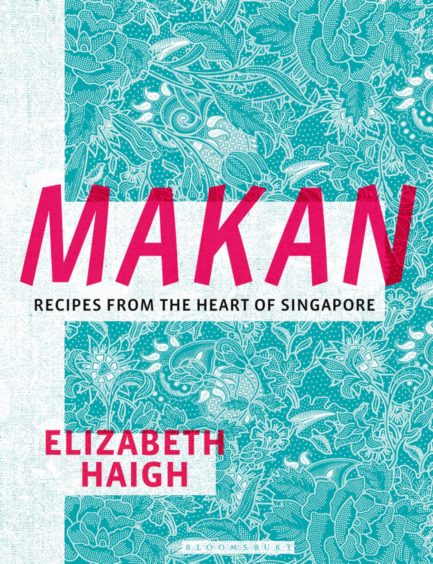If you’re a fan of Asian cuisine, you’ll enjoy this recipe for an easy weeknight dinner, straight from the heart of Singapore.
A new cookbook, recently released by chef Elizabeth Haigh, showcases much of the author’s love for her native cuisine of Singaporean food.
Filled with loads of delicious Asian-inspired recipes that are simple to make at home, we’ve chosen this stir-fried beef dish from Makan: Recipes from the heart of Singapore for this week’s Midweek Meal.

For this dish, Elizabeth says: “This quick and delicious beef stir-fry is a staple dish for us at dinnertime at home. You can omit the chilli and dried chilli flakes if you’re cooking for little ones, which is what I do for my son, Riley.
“As with all stir-fries, have your ingredients measured and prepped ahead, because the cooking time is very short.”
Stir-fried beef
Serves 4

Ingredients
- 250g boneless beef rump, sliced into bite-sized pieces
- 4 tbsp cooking oil
- 1 ½ tsp root ginger, finely chopped
- 2 tsp garlic, finely chopped
- 1 red pepper, cut into bite-sized pieces similar to the beef
- 1 fresh, medium-hot, red Dutch chilli, deseeded and finely chopped (optional)
- 2-4 tsp dried chilli flakes, or to taste
- 2 spring onions (green part), finely sliced
- 1 tsp toasted sesame oil
For the marinade:
- 1 tsp rice wine (Shaoxing or Sake)
- ¼ tsp salt
- ½ tsp light soy sauce
- ¾ tsp dark soy sauce
- 1 ½ tsp potato flour
- 1 ½ tsp water
Method
- Stir the marinade ingredients together in a bowl. Add the beef and mix in well with the marinade.
- Add three tablespoons of the oil to a wok set over a high heat and swirl the oil around to coat the wok. When it is starting to smoke, add the beef and stir-fry briskly, separating the pieces using a Chinese spatula. When the pieces are separated and still a little pink, remove them from the wok and set aside.
- Add the remaining oil to the wok, then add the ginger and garlic. Allow them to sizzle for a few seconds to release their fragrance. Tip in the red pepper and fresh chilli, if using, and stir-fry until hot.
- Return the beef to the wok and give everything a good stir, then add the chilli flakes. When all is hot and fragrant, add the spring onions and remove from the heat. Stir in the sesame oil, check the seasoning and serve.
- Variation: Stir-fried venison: Venison is a very healthy alternative to beef, as it is rich in iron, potassium and zinc and is very lean. Just replace the beef in the recipe above with 250g venison fillet, cut into strips, and add a splash of stock at the end to prevent the stir-fry from being too dry.
Makan: Recipes From The Heart Of Singapore by Elizabeth Haigh is published by Bloomsbury Absolute, priced £26. Photography Kris Kirkham.
More midweek meals…
Midweek Meal: Whip up this perfect pepper vegetarian surprise in 20 minutes
Midweek Meal: A Nepali pizza recipe to add to your repertoire from a Nepalese chef
